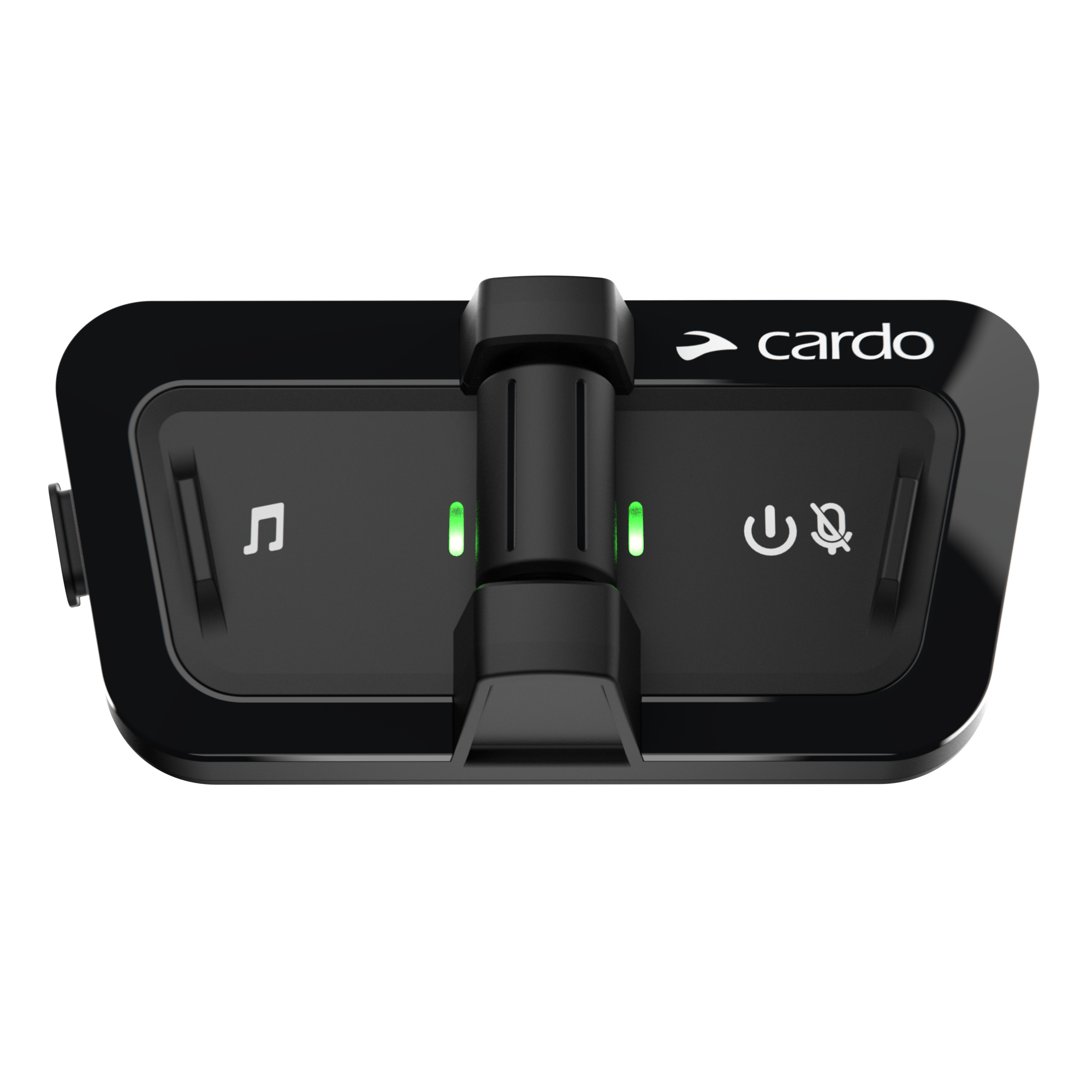As a rule, motorcyclists have to be okay with noise a little more than the average person. But there’s a difference between the satisfying roar of pipes and the annoying whoosh of wind underneath your helmet on the highway. That sound is what wind does when it makes contact with a solid object, and it’s not exactly pleasant to hear constantly during your ride.
Wind noise may even be able to damage your hearing when you’re exposed to it for a long time, so controlling wind noise is a must. Fortunately, inventive motorcyclists have figured out ways to keep wind noise under control inside a helmet. Let’s look at a few of the most important steps that riders can take to reduce wind noise inside their helmets.
The Right Helmet
A helmet that fits correctly will help keep noise levels manageable. A snug-fitting helmet isn’t just safer, it’s also quieter since air has fewer ways to enter the helmet. (If you think you might be wearing the wrong helmet size, use a helmet sizing guide and figure out whether you might need to move up or down a size.)
Certain helmet features also make a helmet more soundproof, such as high-quality neck padding and an aerodynamic design which allows air to flow over the helmet with minimal turbulence.
Of the many types of motorcycle helmets, full-face helmets offer the most wind and noise protection in addition to being the safest helmet type in general.
If you have a helmet with a visor, such as a modular helmet, put your visor down as riding with the visor up will create a lot of wind noise. In general, it’s advisable to keep your visor down while you’re on the road.
Windscreens
The shape of your bike’s windscreen influences the amount of wind turbulence that your bike creates. Certain windscreen shapes will create less turbulence, and many riders swear by the addition of a windscreen spoiler to make their windscreen more aerodynamic.
So-called naked bikes, which don’t have a windscreen, are also a good option for riders struggling with wind noise. The lack of a windscreen makes the bike itself more aerodynamic and creates a lower level of air turbulence which often makes for a smoother and quieter ride.
Accessories
Deploying a few helmet accessories will also help control wind noise. First, you can help block out the wind from entering the gap under your helmet by wearing a scarf or padded helmet support. These can also make your ride more comfortable by protecting your neck from the cold.
Adding extra padding to a motorcycle helmet is also a popular choice. Many riders also like to wear earmuffs underneath their helmets, and others will insert a piece of foam or fleece between their cheek pads or around their ears to muffle the noise of the wind and the road.
Balaclavas and face masks can also be useful in filtering out wind noise. These are especially important if you have a half helmet or three-quarter helmet since they’ll also help protect your face from bugs, rocks and any other small debris that might come flying at you on the road.
Finally, earplugs can also help protect your hearing while you ride. High-quality silicone earplugs are the type that most pro’s recommend since they’ll last for years and will still allow you to hear important noises on the road.
Audio Equipment
However, you can do better than just blocking out noise. You can replace it with your favorite music, thanks to a groundbreaking collaboration between Cardo Systems and JBL. The Cardo JBL 45mm Audio Set is the perfect motorcycle helmet speakers for blocking out any kind of annoying noise and replacing it with crystal-clear, HD sound that makes music, podcasts and phone calls pop like never before.
Our JBL helmet speakers go further than other motorcycle helmet speakers to bring you great sound. Their 45mm drivers are specially tuned for use in motorcycle helmets to provide better sound clarity on the road, and they’re designed to work seamlessly with other Cardo products like the Cardo PACKTALK BOLD and other Cardo devices. The JBL Audio Set also features a narrow 42mm speaker base, so you can mount it easily anywhere inside your helmet and design your own personal audio experience.
If it’s time to turn the volume down on your helmet, remember to start with the basics of making sure you’re wearing the right one for you. Then, take a look at the variety of ways you can customize it to fit your needs until everything sounds right.









